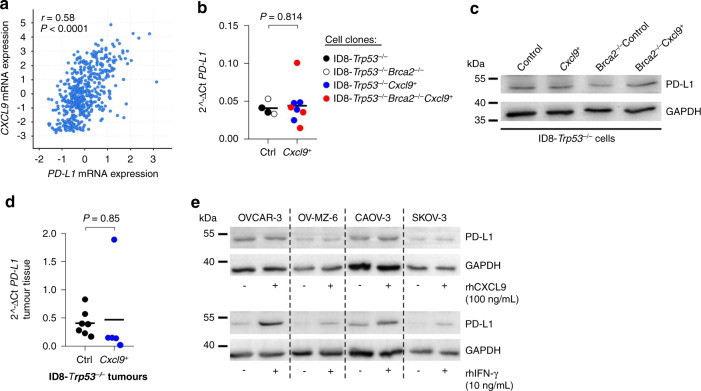Fig. 4. PD-L1 is not upregulated by Cxcl9 in murine or human ovarian cancer cell lines.
a Pearson correlation analysis between CXCL9 and PD-L1 mRNA expression including 489 patients with ovarian serous cystadenocarcinoma from the publicly available dataset of “The Cancer Genome Atlas” (TCGA) project. b Quantitative PCR analysis of PD-L1 RNA-expression normalised to Hprt housekeeping gene in ID8-Trp53−/− (n = 2), ID8-Trp53−/−Brca2−/− (n = 2), ID8-Trp53−/−Cxcl9+ (n = 4) and ID8-Trp53−/−Brca2−/−Cxcl9+ (n = 4) cell clones. c Western blot analysis of cell lysates of murine ID8-Trp53−/− clones (one clone of each group presented in b), probed with an anti-PD-L1 antibody. d Quantitative PCR analysis of PD-L1 RNA-expression normalised to Hprt housekeeping gene in mesenteric tumour tissue (ID8-Trp53−/− Control (Ctrl) and ID8-Trp53−/−Cxcl9+ (Cxcl9+) tumours, taken from the mouse experiment shown in Fig. 1d). e Anti-PD-L1 western blot analysis of human ovarian cancer cell lines OVCAR-3, OV-MZ-6, CAOV-3 and SKOV-3 stimulated with recombinant human CXCL9 (100 ng/ml) or IFN-γ (10 ng/ml) for 72 h. Each dot indicates data of one cell clone or one individual mouse. Horizontal lines represent means.

